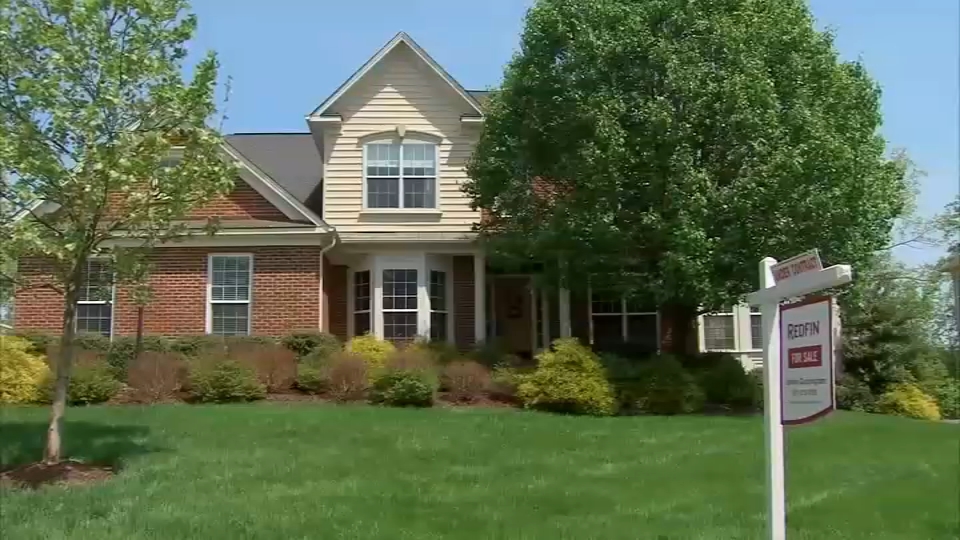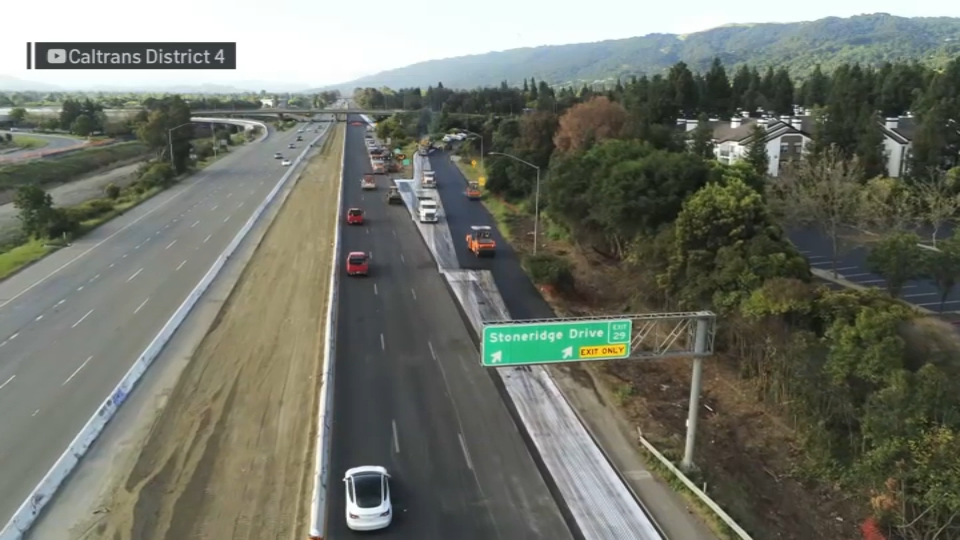As the Bay Area prepares for another round of storms, a new Stanford study explains just how much damage atmospheric rivers can cause.
“They contribute up to half of our water every year, but they also tend to deliver a lot of water in very short periods of time which can be hard to manage,” said Corinne Bowers, lead author of the study.
She completed her PHD at Stanford studying atmospheric river flooding.
After analyzing 30 years of weather and climate data, Bowers found when atmospheric rivers come in a sequence – meaning nearly back-to-back – the economic damage doesn’t just increase, it compounds.
Get a weekly recap of the latest San Francisco Bay Area housing news. Sign up for NBC Bay Area’s Housing Deconstructed newsletter.
“Being in a back-to-back sequence of atmospheric rivers more than triples expected losses,” she said. “There is a three to four times multiplication factor compared to standalone events which is frankly way higher than what we thought it was going to be at the beginning of this project.”
Last year, NOAA estimates there was $3 billion in damages across the state. And as climate change increases, scientists predict those back-to-back major storms will get stronger and more frequent.
Local
“We found in those wet years, we see more and we see longer compound sequences. Which means instead of having time to recover between atmospheric rivers, we spend more time close to that threshold of crossing the tipping point into damaging flooding,” said Bowers.
She added that moving forward, we need to look closer at what happens in the days and weeks ahead of an atmospheric river to help prepare.
“This affects how we should forecast these storms in the future,” said Bowers. “How dam operators can make decisions about water storage. How we communicate flood risk to the public. We really need to look through a wider lens that what we’ve had in the past.”



